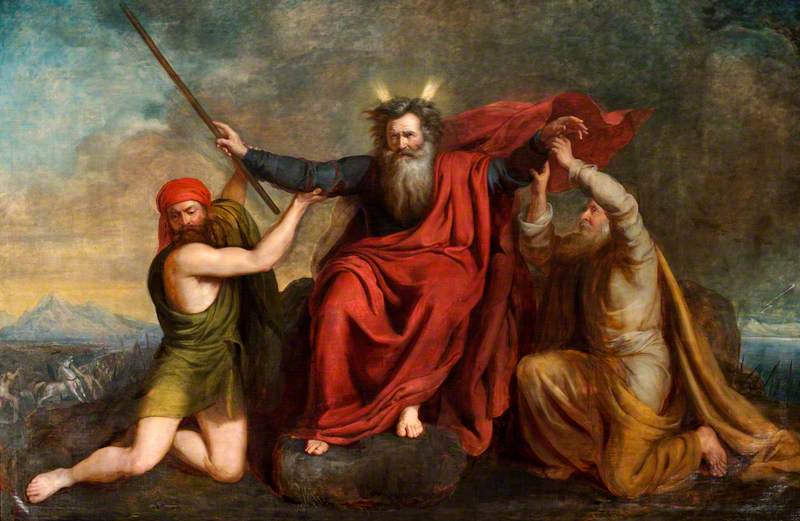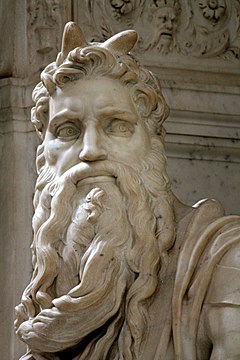[Greek] ἀνάγνωσις (anagnōsis), [Latin] lectionem, [French] lecture: recognition, reading, knowing again, public reading; Acts 13:15, 2Cor.13:15, 1Tim.4:13

Background information:
Greek Hellenism: This term means recognition, reading, and persuasion. Herodotus’ The Histories 1.116 states “While the boy spoke, it seemed to Astyages that he recognized him; the character of his face was like his own, he thought, and his manner of answering was freer than customary.” Aristotle’s Poetics 1462a states “Moreover, tragedy fulfills its function even without acting just as much as epic, and its quality can be gauged by reading aloud. In tragedy, this vividness can be felt whether it is read or acted.”
Old Testament: This term means convocation, reading, a calling together, and assembly. On the first day you shall have a holy assembly (Exo.12:16). These are the appointed time of the Lord, hoy convocation which you shall proclaim at the times appointed for them (Lev.23:4). They read from the law of God, translating to give the sense so that they understood the reading (Neh.8:8). New moon and Sabbath, the calling of assemblies I cannot endure iniquity and the solemn assembly (Isa.1:13).
New Testament: This term pertains to reading or public reading of the Old Testament. This refers to both reading and the event of such reading. The Old Testament consists of both the law and of the prophets. 2Cor. 3:14 makes reference to the veil Moses wore upon his return from Mt. Sinai to the people. As a result of his encounter with God, Moses’ face shines brightly, causing Moses to wear a veil (barrier) to protect them from being blinded by God’s glory. Paul likens Paul’s contemporaries and Jewish Christians to the Israelites. Like wearing a veil, the disciples fail to see (understand) God’s glory. They fail to see (understand) that the Old Testament is taken away (rendered ineffective) through Christ.
Scripture:
“Rather, their thought were rendered dull, for to this present day the same veil remains unlifted when they read the old covenant, because through Christ it is taken away.” 2 Cor.3:14
Moses wore the veil to protect the Israelites from being blinded by God’s glory. Like wearing a veil, the disciples and Christians are unable to fully see (understand) God’s glory.
Early Christianity:
“And on the day called Sunday, all who live in the cities or in the country gather together in one place, and the memoirs of the apostles or the writings of the prophets are read.” Justin Martyr’s First Apology 67.3
This suggests that Justin had already understood that these memoirs are what the Christians at time knew as the gospels. Justin also quite frequently references the gospels. These gospels were communicated through oral tradition. Justin refers to these writings as being read in the churches along with writings of the prophets (Old Testament).

Why does Michelangelo’s statue of Moses have ears? The Hebrew verb karan means to make radiant. As Moses came down from Mount Sinai, his skin (face) had become radiant when he spoke to the Lord. Interestingly, the related Hebrew noun keren means horn or projection. When applied to God, keren means ray of light. This ray of light would have started from a fixed point moving downward (and outward) like a ▲. This triangular figure not surprisingly also becomes a horn. In medieval Christian Europe, this scripture passage would have been translated as “Moses horned with radiance”. Therefore, Michelangelo placed unusual horns on Moses.
Conclusion:
Lecture, lecturing
In Greek Hellenism, this term conveys recognition of one’s character. The ancient Greek tragedies were often commentaries (in artistic form) illustrating the human condition. Aristotle points out that acting or reading the part brings out these human qualities.
In the Old Testament, this term pertains to something called out or read in an assembly. This can refer to both spiritual assemblies and non-spiritual assemblies.
This Old Testament understanding continues in the New Testament culture. The veil was used to protect the Israelites from being blinded by God’s radiance on Moses. Paul then likens this veil to a barrier preventing the disciples from seeing (understanding) God’s glory. They fail to see that Jesus surpasses and renders ineffective the Law.
In the New Testament culture, the scriptures, in existence at this time, was the Old Testament. The gospel message was conveyed through the oral traditions. The gospels (as when know them) were not yet fully written or established. It would be centuries later when the formal New Testament canon would be established.
At first glance, why would Michaelangelo put horns on the statue of Moses? I hope this background information helps to carve out the explanation.
And I will soon make this post available for public reading on Facebook and Twitter.
